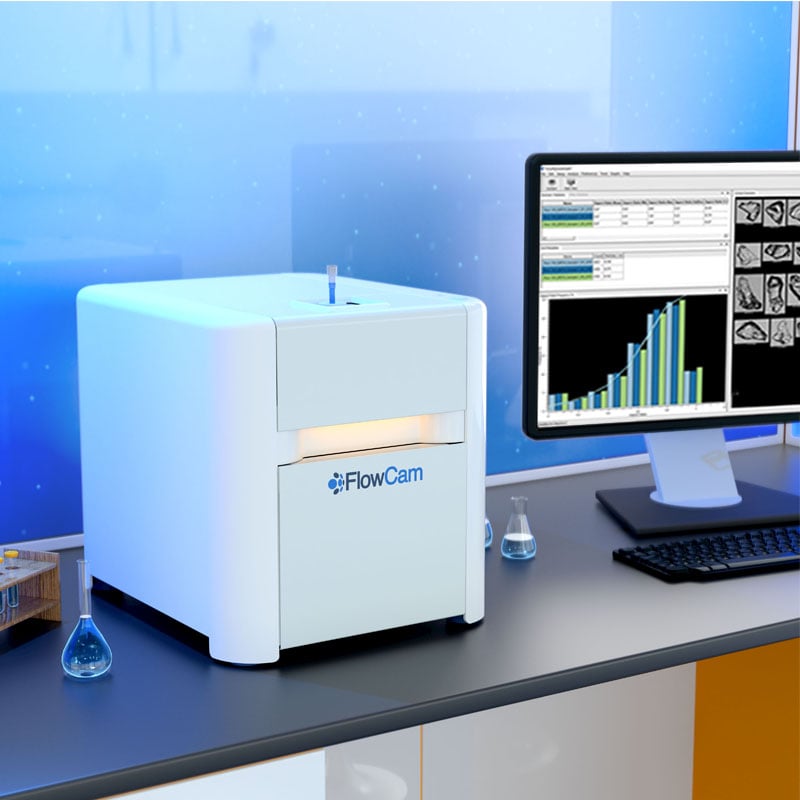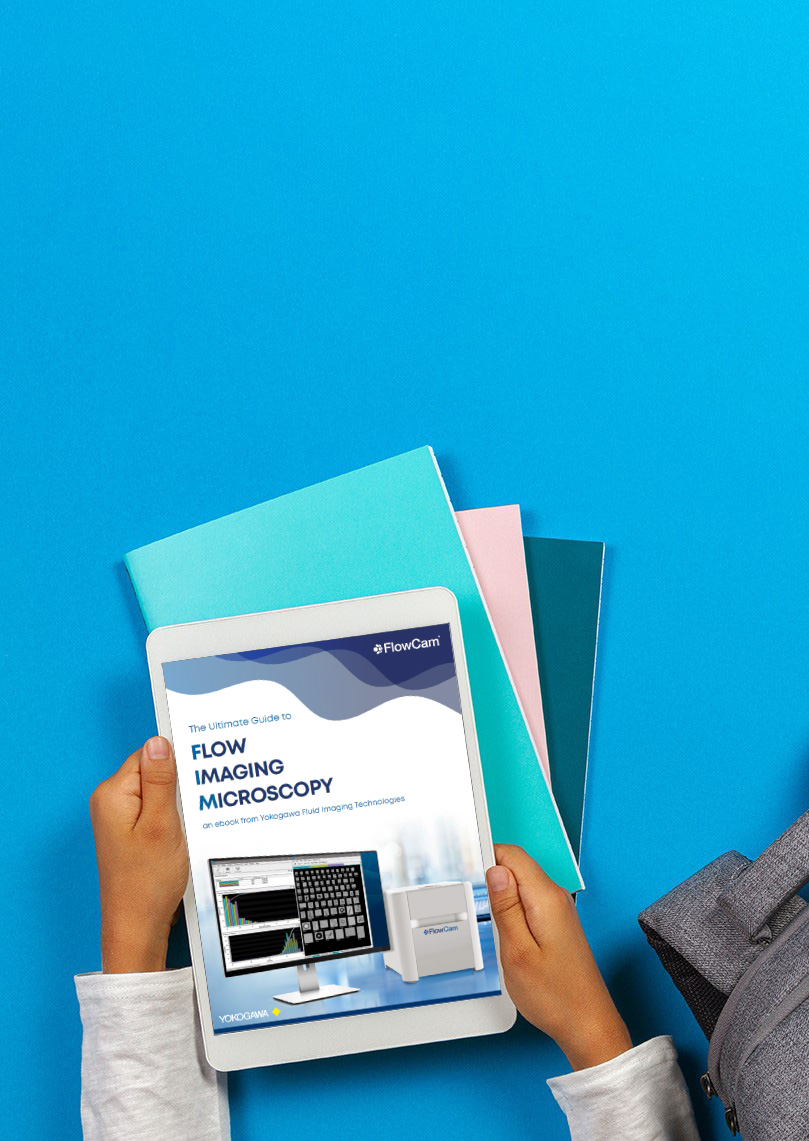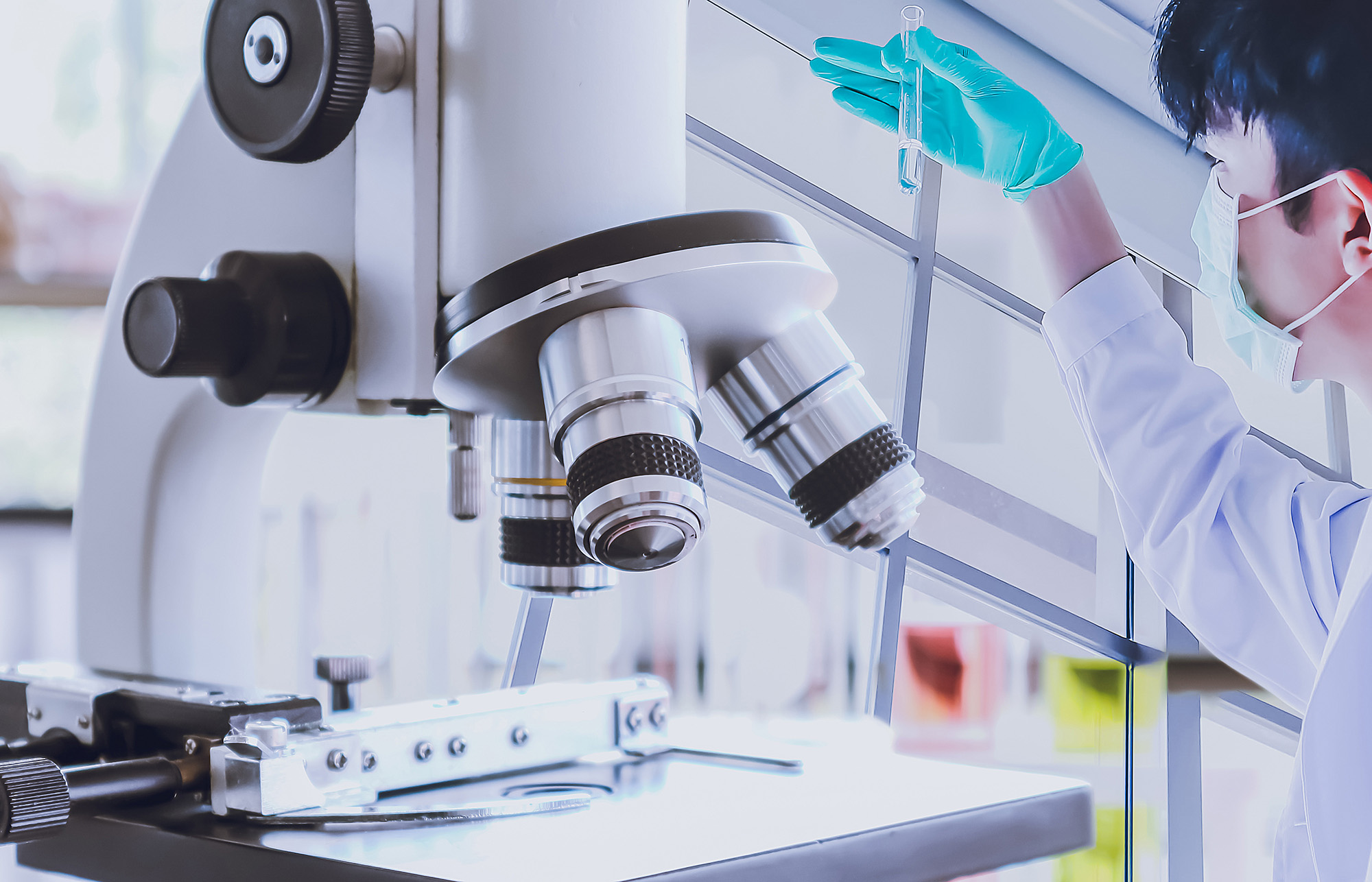Particle size and shape analysis are critical across numerous industries, including pharmaceuticals, environmental monitoring, advanced materials, and food and beverage production. Accurate particle characterization supports quality assurance, process control, and regulatory compliance. Selecting the correct analytical technique is essential for precision, efficiency, and insight.
The methodologies employed for this analysis differ in their techniques, offering either direct visual assessments or indirect detection based on the interaction of particles with light or electrical fields. Understanding the advantages of each method is essential for ensuring precise and reliable data, which is crucial for quality and process control. Images provide scientists with more comprehensive insights into the appearance and structure of particles within a sample, surpassing the information that basic size and shape metrics alone can offer.
Indirect Particle Measurement Techniques
The methods below infer particle characterization by measuring interactions with light or electrical fields. While generally fast, they may sacrifice detail, especially when particle morphology is important.
-
Flow cytometry arranges particles into a single-file line using a sheath fluid. As each particle passes through a laser beam, it scatters light and may emit fluorescence. These light signals are recorded to determine particle count, size, shape, and internal structure, which is widely used for analyzing biological samples and cells.
-
Light obscuration occurs when a liquid sample containing particles is placed between a light source and a detector. Particles cast shadows on the detector, producing electrical signals that reveal the concentration and size of the particles. This method is commonly used in pharmaceutical and medical device quality control.
-
Electrozone sensing (the Coulter principle) suspends particles in a conductive fluid and passes them through a narrow aperture between two electrodes. Each particle momentarily disrupts the electrical field, generating a signal to determine the particle size and count.
- Laser diffraction involves passing a sample through a laser beam. Particles scatter light at angles that vary depending on their size and composition. The resulting diffraction pattern calculates the sample’s particle size distribution, making this method ideal for a wide range of particle sizes.

Above is a schematic of a light obscuration instrument, showing how a shadow is used to collect an indirect measurement of particle size.
Direct Particle Measurement Techniques
- Optical microscopy is a traditional, hands-on technique that uses a brightfield light microscope to view particles in a sample. The magnified images can be inspected to analyze particle shape, color, and morphology. While highly detailed, this method is manual and time-intensive, with results that can vary between users.
- Scanning Electron Microscopy (SEM) is a powerful technique that uses a focused beam of electrons to scan the sample's surface, creating a high-resolution image. SEM excels at characterizing particle size, shape, and chemical composition, making it valuable for applications like environmental studies, materials science, and forensics. While it can reveal details not visible with optical microscopy, it requires a vacuum environment, making it unsuitable for analyzing live or liquid samples.
- Flow imaging microscopy (FIM), the technique employed by FlowCam 8000 series instruments, builds upon the principles of manual microscopy, incorporating automation and speed. As particles flow through a fluidic cell, the instrument captures high-resolution digital images of the flow cell and segments the images of each individual particle. Advanced software analyzes these images in real time, measuring numerous size and shape parameters and providing visual and statistical insights into the sample.

Above is a diagram of particles flowing through an FIM flow cell, showing how a camera image is captured of each particle in the sample.
FlowCam 8000: A Comprehensive Solution for Particle Analysis
The FlowCam 8000 series uniquely bridges the gap between direct visualization and high-throughput analysis. By capturing images of each particle and analyzing their dimensions, shape, and other characteristics, FlowCam delivers comprehensive data from a single measurement. It offers speed, accuracy, and visual clarity in one platform.
- High-resolution images of every particle, enabling morphological differentiation.
- Automated measurements of over 40 size and shape parameters.
- Powerful classification tools.
- Rapid throughput, ideal for routine quality control and research applications.
- Real-time data correlation, combining visual and statistical insights.
Selecting the correct particle analysis method is critical to ensuring fluid purity, identifying contaminants, or monitoring biological samples. While traditional methods serve specific purposes, the FlowCam 8000 series delivers rich visual, morphological, and statistical data, all from a single measurement.
Interested in learning more? Download our Ultimate Guide to Flow Imaging Microscopy:
Download the Ultimate Guide to Flow Imaging Microscopy











